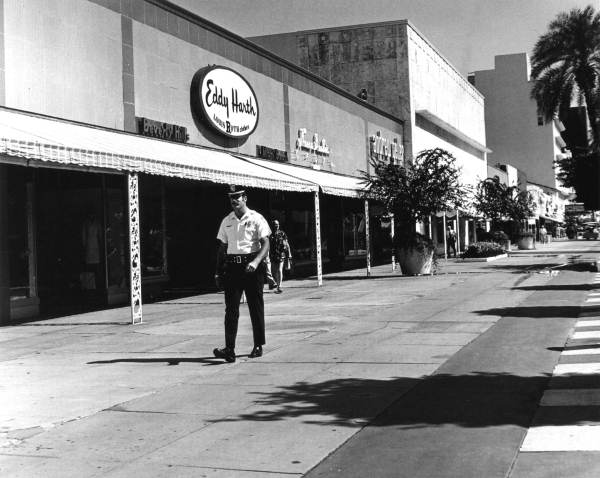By 1905, Florida vastly expanded who could be considered a “vagrant” and — subsequently — who could be fined, arrested, and indentured to work since vagrancy laws were established in 1865. The original law targeted all “able-bodied” people who appeared to be unemployed or leading an “idle, immoral, or profligate course of life.” This was broad enough to encompass any number of people, though vagrancy laws were designed to target formerly enslaved Black Southerners and their families.
In 1905, Florida redefined “vagrants” by listing nearly 20 different types of residents who could now be arrested and forced to work off their sentences and debts, including unemployed people, owners of gambling businesses, “nightwalkers” (presumably, sex workers), and people seeking money or struggling with alcohol abuse.
Moreover, this measure allowed law enforcement to arrest so-called vagrants without a warrant if officers deemed these Floridians a flight risk (likely to evade arrest). In practice, this excuse could be used to justify nearly every arrest, so Florida fined, imprisoned, and put to work countless residents as a result. In 1907, the Legislature made the vagrancy law even worse by removing a provision that exempted able-bodied men aged 18 and up from vagrancy if their parents were supporting them or they were enrolled in higher education.
